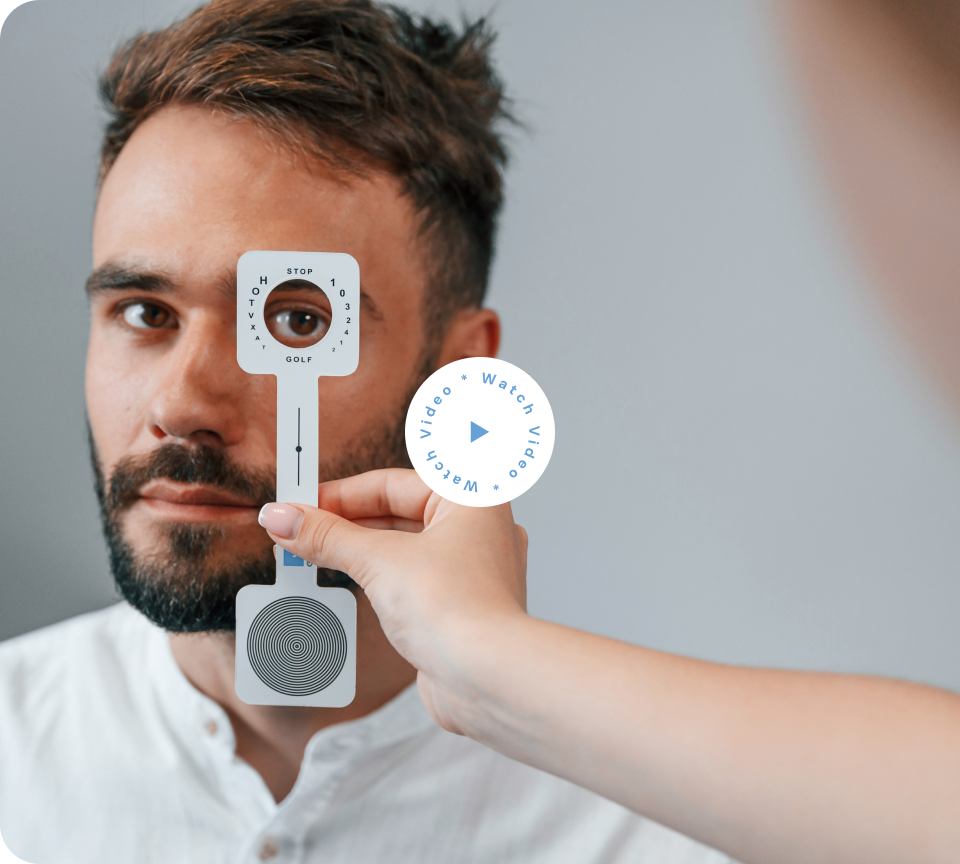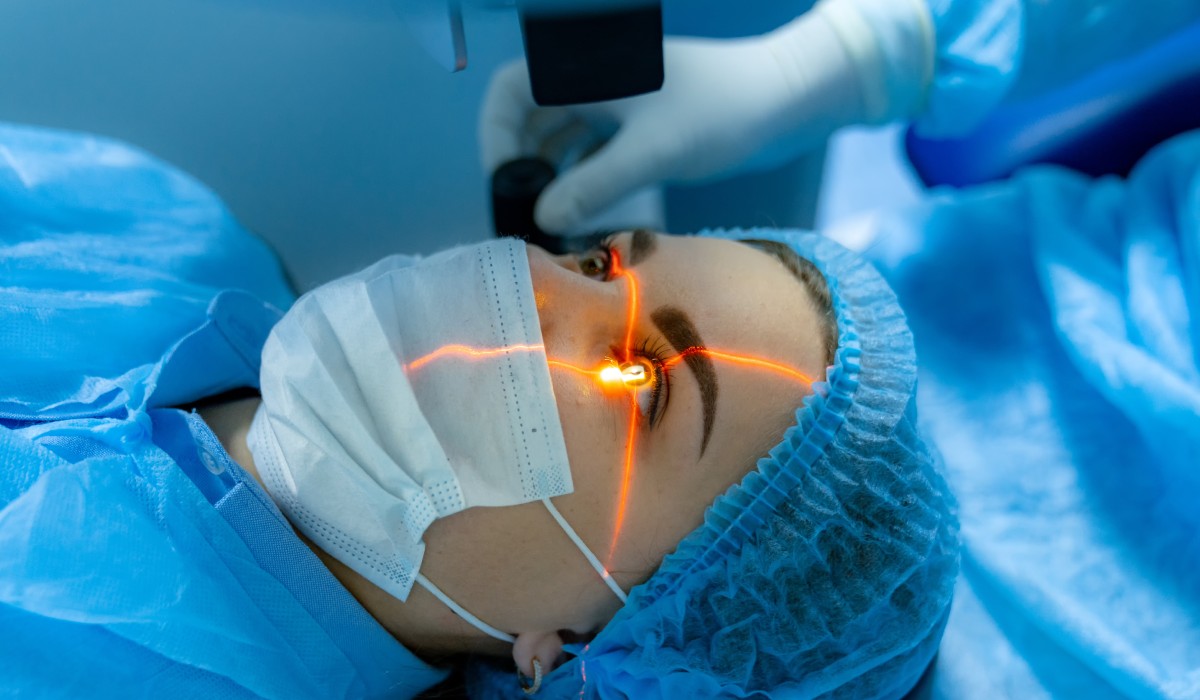Laser Treatments
Our Advanced Treatment Services for Healthy and Clear Vision
We offer the most up-to-date and effective treatment methods for your eye health. With our expert team, we are here to help you achieve clear vision with solutions tailored to your every need.


Why Choose Us?
Why Should You
Choose Us?
-

Expert and experienced physician staff
-

Personalized treatment plans
-

Diagnosis and treatment with the latest technology devices
-

Superiority in hygiene and sterilization standards
-

Fast and reliable service approach
-

Comfortable and modern clinic environment
-

An approach that prioritizes patient satisfaction
-

Service quality at international standards
-

Focused on continuous training and development

Expert and experienced physician staff

Personalized treatment plans

Diagnosis and treatment with the latest technology devices

Superiority in hygiene and sterilization standards

Fast and reliable service approach

Comfortable and modern clinic environment

An approach that prioritizes patient satisfaction

Service quality at international standards

Focused on continuous training and development
Contact Form

Testimonials
Comments Section Where Our Patients Share Their Real
Experiences and Satisfaction Regarding Eye Health
Discover the experiences and satisfied comments of our patients who benefit from our eye health services here.


Emily R.
The team at Eyeglow was so professional and kind — I felt safe and well cared for.
Carlos Mendez
I came from Spain for eye surgery and the results were better than I imagined.
Sophie Dubois
Thanks to Eyeglow, my vision is clearer than ever. Great experience!
James Kowalski
Excellent service, smooth process, and friendly staff — highly recommend.
.png)





